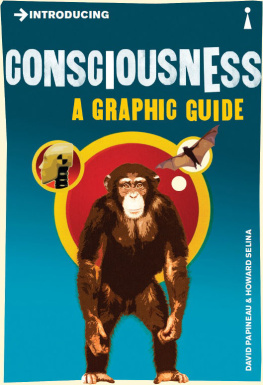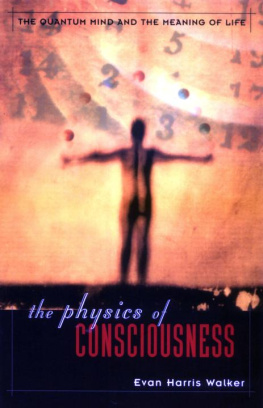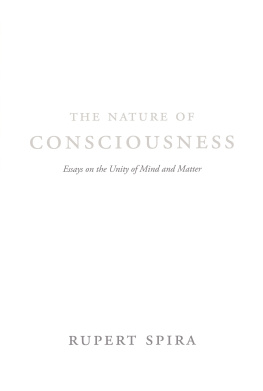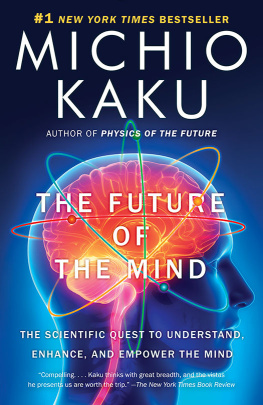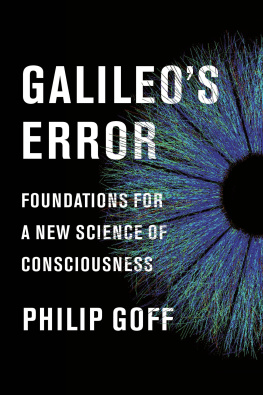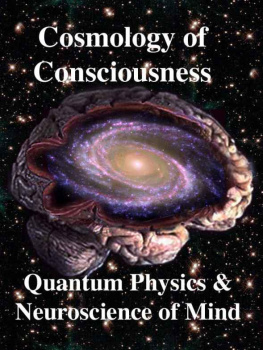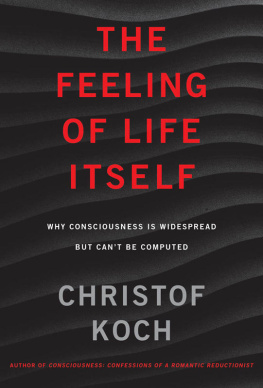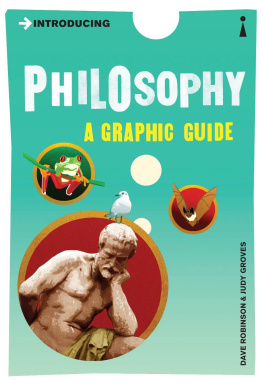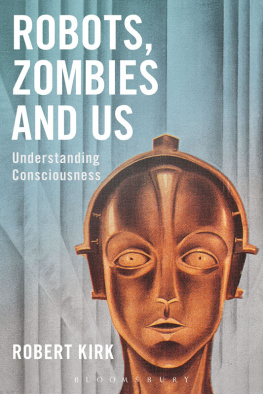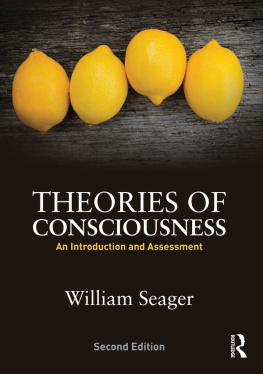The difference is that the anaesthetic removes the conscious pain Assuming the anaesthetic works!
Again, think of the difference between having your eyes open and having them shut
When you shut your eyes, what disappears is your conscious visual experience.
Sometimes consciousness is explained as the difference between being awake and being asleep. But this is not quite right.
Dreams are conscious too.
Dreams are sequences of conscious experiences, even if these experiences are normally less coherent than waking experiences.
Indeed, dream experiences, especially in nightmares or fantasies, can consciously be very intense, despite their lack of coherence or sometimes because of this lack.
Consciousness is what we lose when we fall into a dreamless sleep or undergo a total anaesthetic.
The Indefinability of Consciousness
The reason for starting with examples rather than definitions is that no objective, scientific definition seems able to capture the essence of consciousness.
For example, suppose we try to define consciousness in terms of some characteristic psychological role that all conscious states play in influencing decisions, perhaps, or in conveying information about our surroundings.
Or we might try to pick out conscious states directly in physical terms, as involving the presence of certain kinds of chemicals in the brain, say.
Any such attempted objective definition seems to leave out the essential ingredient. Such definitions fail to explain why conscious states feel a certain way.
Couldnt we in principle build a robot which satisfied any such scientific definition, but which had no real feelings?
Imagine a computer-brained robot whose internal states register information about the world and influence the robots decisions. Such design specifications alone dont seem to guarantee that the robot will have any real feelings.
The lights may be on, but is anyone at home?
The same point applies even if we specify precise chemical and physical ingredients for making the robot.
Why should an android become conscious, just because it is made of one kind of material rather than another?
There is something ineffable about the felt nature of consciousness. We can point to this subjective element with the help of examples. But it seems to escape any attempt at objective definition.
Louis Armstrong (some say it was Fats Waller) was once asked to define jazz.
Man, if you gotta ask, youre never gonna know. We can say the same about attempts to define consciousness.
What is it Like to be a Bat?
When we talk about conscious mental states, like pains, or visual experiences, or dreams, we often run together subjective and objective conceptions of these states. We dont stop to specify whether we mean to be talking about the subjective feelings what it is like to have the experience or the objective features of psychological role and physical make-up.
It usually doesnt matter, given that the two sides always go together in humans. If not in robots.
Even so, these two sides can always be distinguished. This is the point of the American philosopher Thomas Nagels famous question: What is it like to be a bat?
Most bats find their way about by echo-location. They emit bursts of high-pitched sound and use the echoes to figure out the location of physical objects. So the intent of Nagels question is: What is it like for bats to sense objects by echo-location?
It must be like living in the dark, spending a lot of time hanging upside down, and hearing a barrage of high-pitched noises. But this is unlikely. Thats perhaps what it would be like for humans to live as bats do.
But for bats, to whom echo-location comes naturally, it is presumably not sounds they are aware of, but physical objects just as vision makes humans aware of physical objects, not light waves.
But still, what is it like for bats to sense physical objects? Do they sense them as being bright or dark or coloured? Or do they rather sense them as having some kind of sonic texture? Do they even sense shapes as we do?
We cant answer these questions. We dont have a clue about what it is like to be a bat.
We have no conception of the subjective side of bat experience.
In raising his question, Nagel does not want to suggest that bats lack consciousness. He takes bats to be normal mammals, and as such just as likely to be conscious as cats and dogs. Rather, he wants to force us to distinguish between the two conceptions of conscious experiences, objective and subjective.
When we think about humans, we dont normally bother about Nagels distinction. We usually think of human consciousness simultaneously in subjective and objective terms both in terms of how it feels and in terms of objectively identifiable goings-on in the brain.
The bats, however, force us to notice the distinction, precisely because we dont have any subjective grasp of bat sensations, despite having plenty of objective information about them.

